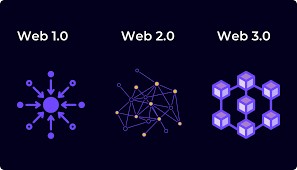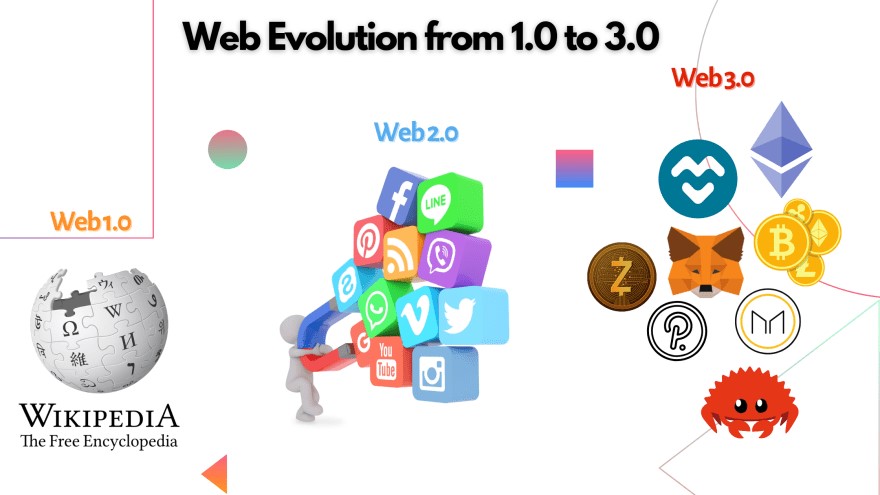Web 1.0
What started it all, a one-way platform that made it possible for users to access online content for consumption. Web 1.0 was characterized by the primary business websites and early adoption as a means of going to market by media organizations like the BBC and CNN. It had been often composed of straightforward, text- and image-based sites.
Web 1.0 was mostly barren of user interaction and the capacity to create one’s own content, and it depended heavily on keyword searches. It wasn’t flexible or intelligent.
Web 2.0
The advent of Online 2.0, which focused on human and social interaction on the online , was heralded by the adoption of latest web design techniques and more potent web browsers.
Due to the rise of the web app, which transformed websites into software programmes capable of complicated functions previously only available on native Windows or Mac software, this led to the rich, responsive web design we see today.
Web 2.0 significantly expanded the type of content that could be viewed, but it also popularized the thought of user-generated content by making publishing tools available to anybody who wanted to market their own articles, podcasts, or video creations.
What Exactly Is Web 3.0?
Web 3.0 may be a more sophisticated creature. The “semantic web,” where user data and behavior are analyzed and exploited to create a more individualized web surfing experience, has been coined as a result of harnessing the power of big data and machine learning. the planet of advertising is the best illustration of this in practice, as advertisements for goods during which you are keenly interested follow you across the internet.
However, many experts also think that Web 3.0 would enable a quicker, more user-friendly web experience with the capacity to try to away with command line search keywords and instead talk naturally to search engines like Google. an enquiry query that will provide the desired results in the Web 3.0 era is “Show me all of the films that are playing at my neighborhood theatre tomorrow night.”

What Are the advantages of Web 3.0 for Us?
We believe that the emergence of Web 3.0 will improve our lives for the subsequent three reasons, which we believe are fairly appropriate:
1. A more customized browsing process
There is no denying the ease of being able to quickly click through to a particular offer for something you actually need or desire and that you would have missed otherwise, no matter how intrusive those advertisements may occasionally feel.
For everybody of us, Web 3.0 offers a way more individualized surfing experience. Websites are going to be able to automatically adjust to our device, location, and any accessibility needs we may have, and web apps will become much more receptive to our usage patterns.
2. Improved search
As was already mentioned, employing a search engine in natural language is highly effective. the advantages go far beyond the consumer as the learning curve virtually disappears and businesses are increasingly able to optimise their websites for search engines in a more organic way opposed than using complicated keyword techniques.
3. Richer app experiences
The multidimensional Web 3.0 will help quite just websites; it will also enable web apps to provide users with far richer experiences.
Consider a mapping service like Google, which may now include route planning, lodging suggestions, and real-time traffic updates additionally to the fundamentals of location search. Simply put, within the Web 2.0 age, this wasn’t feasible.

Conclusion
Web 3.0 is simplifying the online and making it more accessible for more users, just how the web of Things (IoT) is progressively building a more digitally-centric, connected society.
Additionally, Web 3.0 is already available. Although some aspects of Web 3.0 technology are still in their infancy, if you’ve used Google today to seem for an answer to a query, you’ve already benefited from this new chapter within the history of the World Wide Web.
NISHANT SHARMA
2ND YEAR STUDENT (BTECH – AI & ML)
SCHOOL OF ENGINEERING AND TECHNOLOGY
SUSHANT UNIVERSITY
